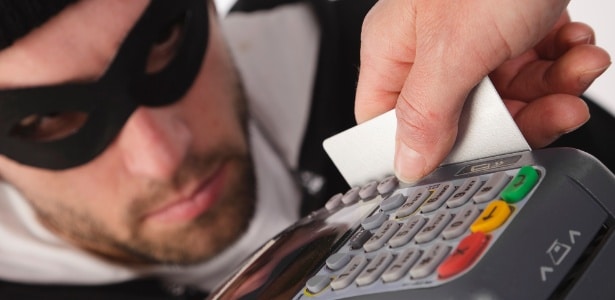In today’s digital age, the security of your cards is paramount. With the rise of online shopping and cashless transactions, protecting your financial information has never been more crucial. This blog post will delve into the intricacies of safeguarding your cards against fraud in the USA, offering you must-know tips and strategies.
By understanding the latest techniques criminals use and how to counteract them, you can ensure your finances remain secure. Fraudulent activities involving cards have seen a significant increase, making it essential for every cardholder to stay informed.
Whether you’re using credit, debit, or even gift cards, knowing how to protect your details is key. This article will guide you through the necessary steps to keep your card information safe from fraudulent schemes.
The rise of card fraud in the USA

Over the past few years, the United States has witnessed a surge in card-related fraud. This uptick can be attributed to several factors, including the proliferation of online transactions and sophisticated hacking techniques. As more Americans turn to digital wallets and online shopping, the opportunities for card scammers have multiplied exponentially.
The convenience of using cards instead of cash comes with its own set of risks. Scammers have developed advanced methods to steal card information, such as skimming devices, phishing emails, and even data breaches from trusted retailers. Staying updated about these tactics is the first step towards protecting your finances.
Knowing the extent of the problem can help in devising better strategies for prevention. Awareness and education on this topic can empower consumers to take proactive steps and avoid becoming victims of such frauds. Always remain vigilant and cautious when handling your card details.
Common types of card fraud
There are various forms of card fraud that consumers should be aware of. Skimming, for example, involves a small device installed on ATMs or gas pumps that captures card information during a transaction. Another common scam is phishing, where fraudsters send deceptive emails or messages that appear legitimate to trick you into revealing your card credentials.
Data breaches also pose a significant threat, as they can expose vast amounts of personal information, including card details. Often, these breaches occur at large companies or financial institutions, leading to widespread data theft. Once stolen, this information can be sold on the dark web and used for fraudulent purchases.
How to recognize and prevent card fraud
Recognizing the signs of card fraud early is vital in mitigating its impact. Unusual transactions, unfamiliar charges, or sudden drops in available credit are all red flags that your card information may have been compromised. Regularly monitoring your card statements and setting up transaction alerts can help you detect fraudulent activities promptly.
Preventing card fraud involves adopting several best practices. Ensure that you use secure websites for online transactions and avoid sharing your card details over unsecured channels. When using ATMs or public card readers, always check for suspicious devices or tampering.
Protecting your card: Best practices
Protecting your card information requires a combination of vigilance and technology. One of the best ways to safeguard your card details is to use a wallet that blocks RFID (Radio-Frequency Identification) signals, which prevent wireless theft of card information. Moreover, consider using virtual card numbers for online transactions to keep your actual card number secure.
Another vital practice is regularly updating your passwords and using strong, unique passwords for your online banking and shopping accounts. Avoid using easily guessable information such as birthdates or simple number sequences. Password managers can help you create and store complex passwords securely.
Securing online transactions
Online transactions are particularly vulnerable to fraud, so securing them is paramount. Ensure that you only shop on reputable websites with secure connections, indicated by a padlock symbol in the browser’s address bar. Always log out of your accounts after completing a transaction, especially on shared or public computers.
Using a dedicated virtual private network (VPN) while making online purchases can also enhance your security. A VPN encrypts your internet connection, making it harder for hackers to intercept your data. Likewise, avoid using public Wi-Fi networks for financial transactions to reduce the risk of data theft.
Technology and tools for card protection
Advances in technology have provided numerous tools to help protect cardholders from fraud. Many banks and credit card companies now offer real-time transaction notifications via SMS or email, enabling you to quickly spot unauthorized charges. Utilizing these alerts can enhance your card security effectively.
Another valuable tool is card tracking and management apps. These applications allow you to monitor your spending, set limits, and receive instant alerts about potential fraud. Some apps even offer the ability to freeze your card instantly if you suspect it’s been compromised.
Moreover, biometric authentication methods, such as fingerprint scans or facial recognition, add an extra layer of security to your card transactions. These technologies are becoming increasingly common and provide a robust defense against unauthorized access to your financial information.
